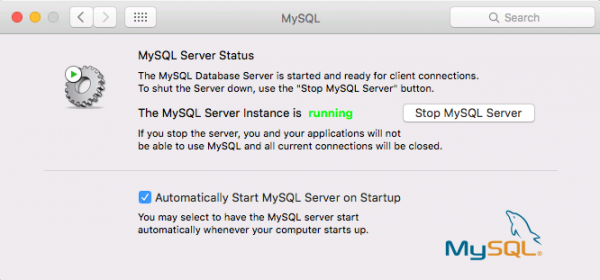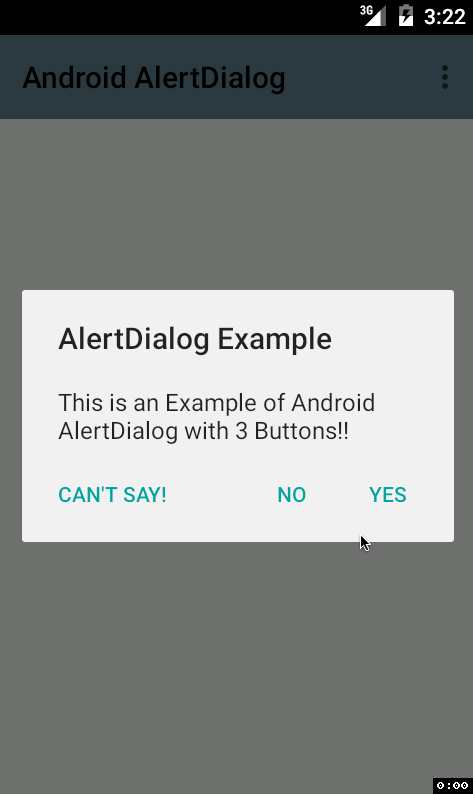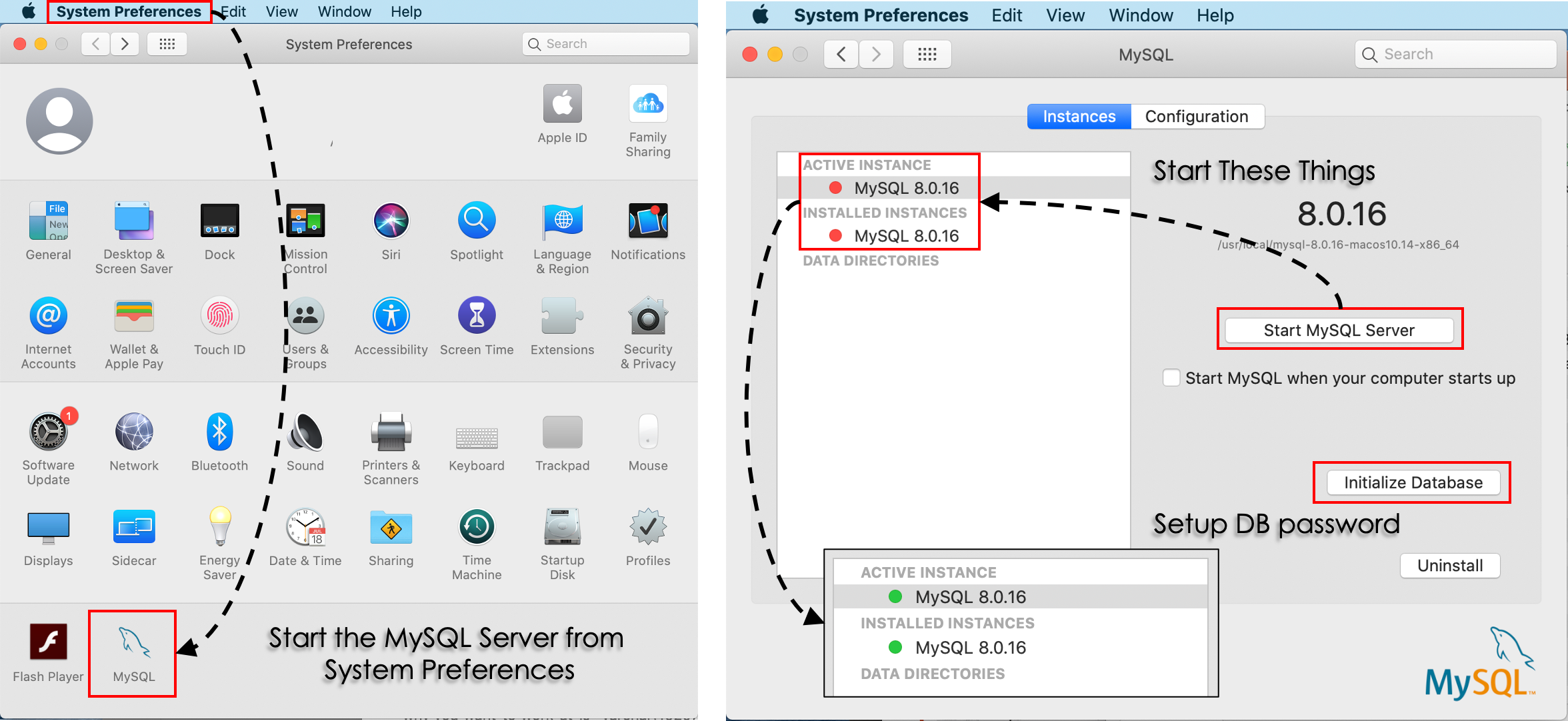- Install Mysql On Mac
- Reinstall Mysql On Mac Virtualbox
- Install Mysql On Mac 2020
- Reinstall Mysql On Mac High Sierra
- Install Mysql On Mac Brew
- Reinstall Mysql On Mac Os
Summary: The blog speaks about the MacBook Pro booting process, getting stuck halfway and also shares various ways to troubleshoot the Mac and recover data from it. Before you set out, don’t forget to download and install the free trial of Stellar Data Recovery Professional for Mac, which is only a click away.
- CentOS / RHEL: yum Command Reinstall Package Author: Vivek Gite Last updated: December 30, 2011 3 comments I accidental deleted the configuration file stored in /etc/ directory and the latest backup were made yesterday.
- Hen you feel that your Windows 10 PC is running erroneously or is lagging and slow, and you have ran out of ideas to fix the system, Windows 10 has a built-in feature which allows user to refresh and reset the system to fresh, clean and original OOBE (out-of-box experience) factory defaults state.
- Copy the database directories - there will be one for each of your old installation's database - to the new DATADIR location. But omit 'mysql' and 'performanceschema' directories. Correct permissions among the copied database directories. Ownership should be mysql:mysql, directories should be 700, and files should be 660.
Table of Content1. Listen to Your MacBook Pro’s Start-Up Tones
Install Mysql On Mac
It’s possible to revert the uninstallation process and reinstall U3 Launchpad into the USB flash smart drive. The reinstallation of U3 Launchpad software and feature-set to U3 smart driver is manufacturer’s dependent process, where you need to download U3 LaunchPad Installer or Updater that will install or update the U3 Launchpad in the.
2. Start your MacBook Pro in Safe Mode
3. Repair Mac Storage Drive using Disk Utility
4. Reset Your MacBook Pro’s NVRAM/PRAM
5
 . Reinstall macOS using macOS Recovery Mode
. Reinstall macOS using macOS Recovery Mode6. Create a Recovery Drive for MacBook Pro & Recover Data
Reinstall Mysql On Mac Virtualbox
:max_bytes(150000):strip_icc()/004-003-how-to-install-mysql-on-macos-4586389-b1dbb6dc0e6b44f2a379c97a92644df2.jpg)
MacBook Pro users seldom need to troubleshoot their system as the probability of encountering any issue in Mac is minimal. But there are instances when users experience specific problems, and MacBook Pro booting stuck halfway or not booting is one of them.
Fortunately, several start-up options can help get your MacBook Pro up and running again. Also, some of the steps mentioned in this guide may erase all your data. So, before you proceed, back up your files, else a MacBook Pro data recovery software will be the last resort.
In the next section, we’ll describe various troubleshooting methods to resolve the MacBook Pro booting stuck halfway issue and recover data from it.
1. Listen to Your MacBook Pro’s Start-Up Tones
The sound when your MacBook Pro starts tells a lot about its condition. Try to listen to the sound your MacBook Pro makes when it boots. Here’s what your MacBook Pro’s start-up tones mean:
Note: Models earlier than 2016 make a chime sound. Good news, the upcoming macOS Big Sur will bring back the start-up chime.
2. Start your MacBook Pro in Safe Mode
Restarting your MacBook in Safe Mode might resolve the Mac issues as it prevents applications from loading automatically and repairs directory issues and deleted system cache files. To start up your MacBook Pro in Safe Mode, perform the following steps:
Step i) Restart your MacBook Pro and immediately press and hold the SHIFT key.
Step ii) Release the key when the login window appears. Enter the correct credentials to log in.

Install Mysql On Mac 2020
Step iii) Reboot your MacBook Pro and resolve the MacBook Pro not booting issue.
When your MacBook Pro shuts down, hangs, or restarts in Safe Mode, then repair the Mac storage drive using Disk Utility.
3. Repair Mac Storage Drive Using Disk Utility
Disk Utility enables or disables journaling, verifies disk integrity, and repairs your Mac disk if it’s damaged. To run Disk Utility, follow these steps:
Step i) Restart MacBook Pro and press-hold Command + R keys until the Apple logo appears.
Step ii) In the macOS Utilities windows, select Disk Utility, then click Continue to launch the app.
Step iii) In the right-panel, select the Mac drive and click the First Aid tab to repair it.
Note: If Disk Utility reports that your Mac hard drive is about to fail, immediately back it up.
4. Reset Your MacBook Pro’s NVRAM/PRAM
Sometimes your MacBook Pro’s Non-Volatile RAM (NVRAM) or Parameter RAM (PRAM) experiences glitches that can cause booting issues. Both RAMs store information that your MacBook Pro needs to load the macOS. To reset your NVRAM/PRAM, follow these steps:
Reinstall Mysql On Mac High Sierra
Step i) Restart your MacBook Pro and immediately press Command + Option + P + R keys.
Step ii) Hold this key combination until your MacBook Pro boots up again. The RAMs get reset.
If resetting of the NVRAM/PRARM doesn’t fix the booting issue, try reinstalling your macOS.
5. Reinstall macOS Using macOS Recovery Mode
As a last resort, back up your Mac then reinstall macOS to fix MacBook Pro booting issues. Steps are as follows:
Step i) Restart the MacBook Pro and press-hold Command + R keys until the Apple logo appears.

Step ii) From the macOS Utilities window, select Reinstall macOS, and press Continue.
Step iii) Follow the onscreen instructions and reinstall a new version of macOS.
Install Mysql On Mac Brew
Note:You can restore your system from a Time Machine Backup of your MacBook Pro or an external hard drive.
Reinstall Mysql On Mac Os
6. Create a Recovery Drive for MacBook Pro & Recover Data
Professional data recovery software for Mac and MacBook Pro comes handy when you don’t have a backup to restore your lost data. So, it is always good to have an updated backup of your files; else, a Mac data recovery software is your last resort.
Stellar Data Recovery Professional for Mac is one such software that you can count on to bring back your lost data. This software supports the latest and the older MacBook Pro models and various file types, external hard drives, and SSDs. Download the trial software from here.
Also, watch the following video to learn how to create a bootable media by using the software.
Note: This solution won’t fix the “MacBook Pro not booting” issue, but is beneficial to retrieve your lost data in the absence of backup.
Conclusion
To get your MacBook Pro up and running, implement the solutions mentioned above but make sure that you have a valid backup file. If the problem persists, consult an expert or visit the nearest Apple Store.
